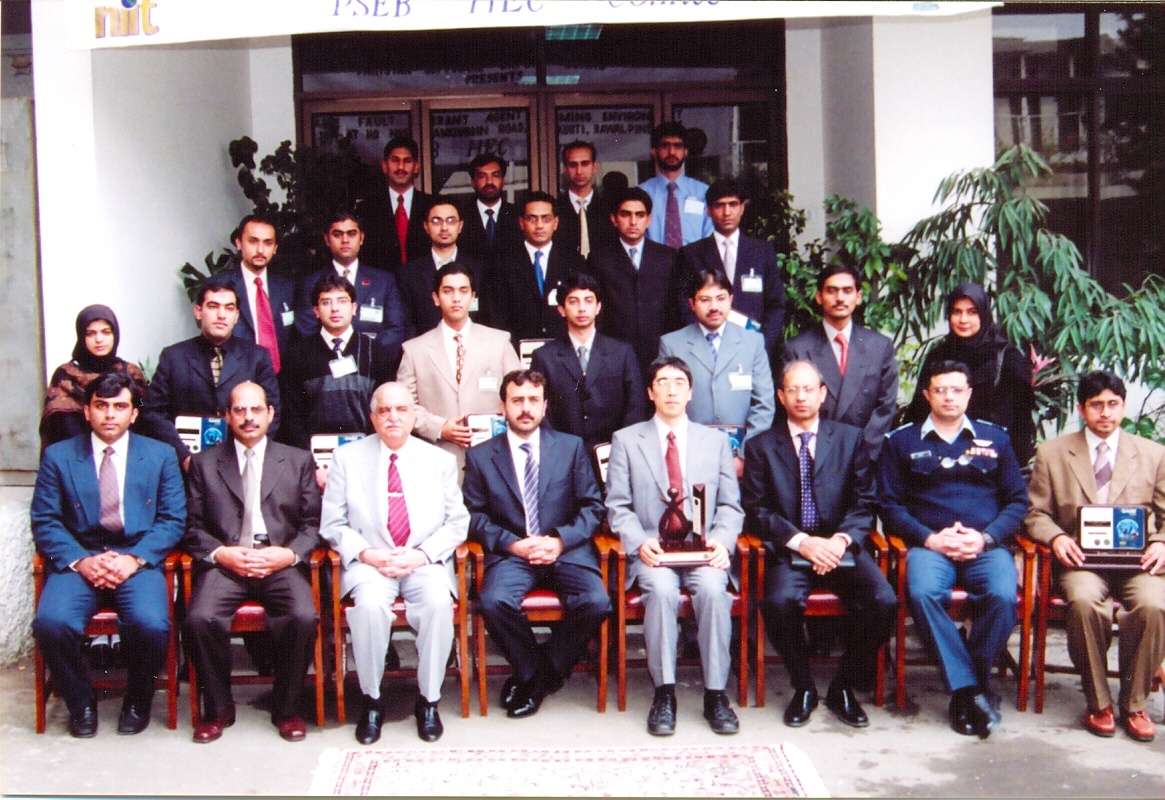TELECOMMUNICATION

Awais Leghari served as Federal Minister for Information Technology from 2002-2007 which led to phenomenal growth in the IT industry across Pakistan during his tenure. Up until 2002, to get a mere phone connection MNA and MPAs even had to wait in queues for months, and at times for years. The connection facilities were so hard to avail, that a common man could not even imagine having access. At that point, Awais Leghari envisioned a telecommunication landscape for Pakistan where phone connections became cheap and easily accessible. During this time, many initiatives such as the USF were created to support the cause of telecommunication revolutionization. The major focus was to bring telecom operators towards the rural population and to increase the level of telecom penetration significantly through effective and fair utilization of the fund. Hence, this helped generate revenues via cable operations for different regions. The National ICT R&D fund was established under which a student outreach program was initiated that led to students from backward and deprived areas to gain educational scholarships in the topmost universities of Pakistan.
In this regard, the fund also helped initiate innovative ideas and the development of various tools and applications to strengthen the telecom sector of Pakistan. The entire IT industry thus went into a do-over, which meant competitive policies creating reasonable prices for the consumer. In 2005, Pakistan won the GSMA award for best telecom and IT policy in Barcelona under Awais Leghari’s leadership. Similarly, during Awais Leghari’s tenure, the cost of the call to America used to be 100 rs/min in 2002. In three years, it came down to 5 rs/ min which was a phenomenal decrease in cost. In 2007, Awais Leghari unveiled a plan to provide telecommunication services to 6 under-served areas of the country. Those 6 geographical areas were marked out in the divisions of Malakand, Sukkur, Sibi, Chaghai, DG Khan, and Attock. This helped mainstream these underdeveloped areas. There were around 82 phone towers along with 20 PTCL exchanges were installed in Dera Ghazi Khan which helped bring many remote areas into the mainstream. Transparent and successful privatization of PTCL took place which brought about professionalism in the sector, prevented any losses, and benefited the economy. Moreover, PTCL shares went out at a much higher price on Pakistan Stock Exchange, than the ones predicted. 60,000 employees and unions were dealt with in a very proper manner, keeping the interests of the employees as a priority giving them voluntary separation schemes without any protests or riots by unions, making the privatization of PTCL a very smooth transition. Due to the unending contributions of the Former Federal Minister of IT, Awais Leghari the telecom industry went through a massive boom; from phone networks being an expensive unaffordable privilege now even, a farmer has access to the same service as any other person. This is an ideal example of how a ministry can help create and uplift a non-existing industry, and help free the common man from the shackles of unnecessary costs and unavailability of simple elements of a better lifestyle.

